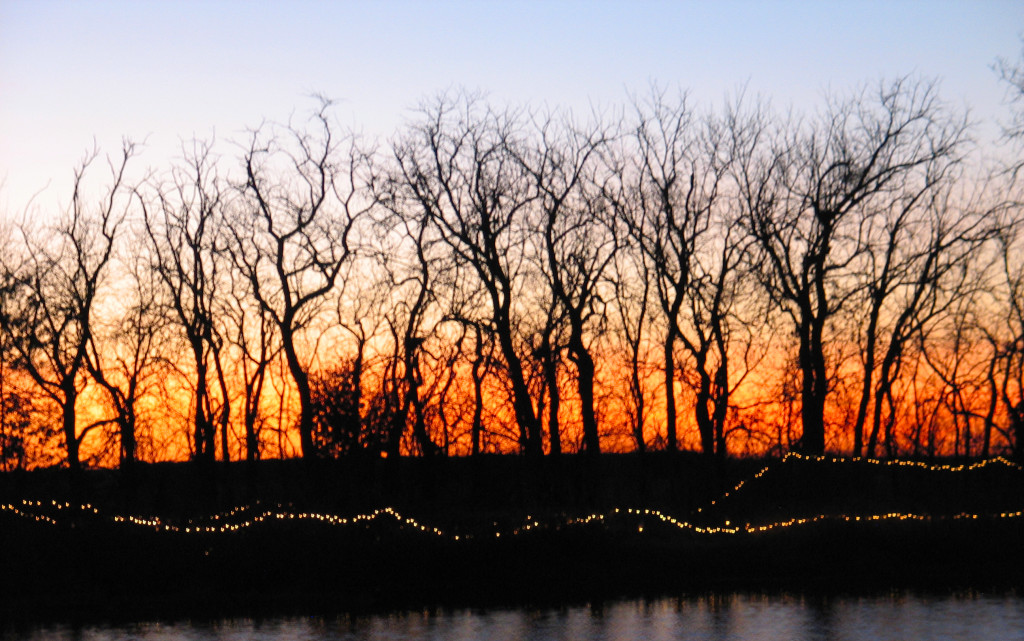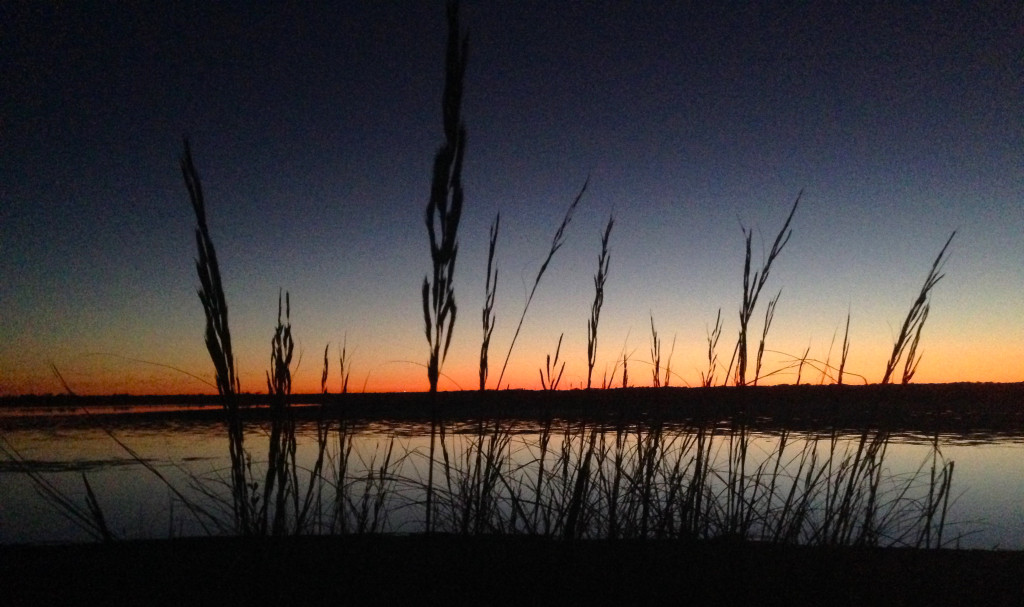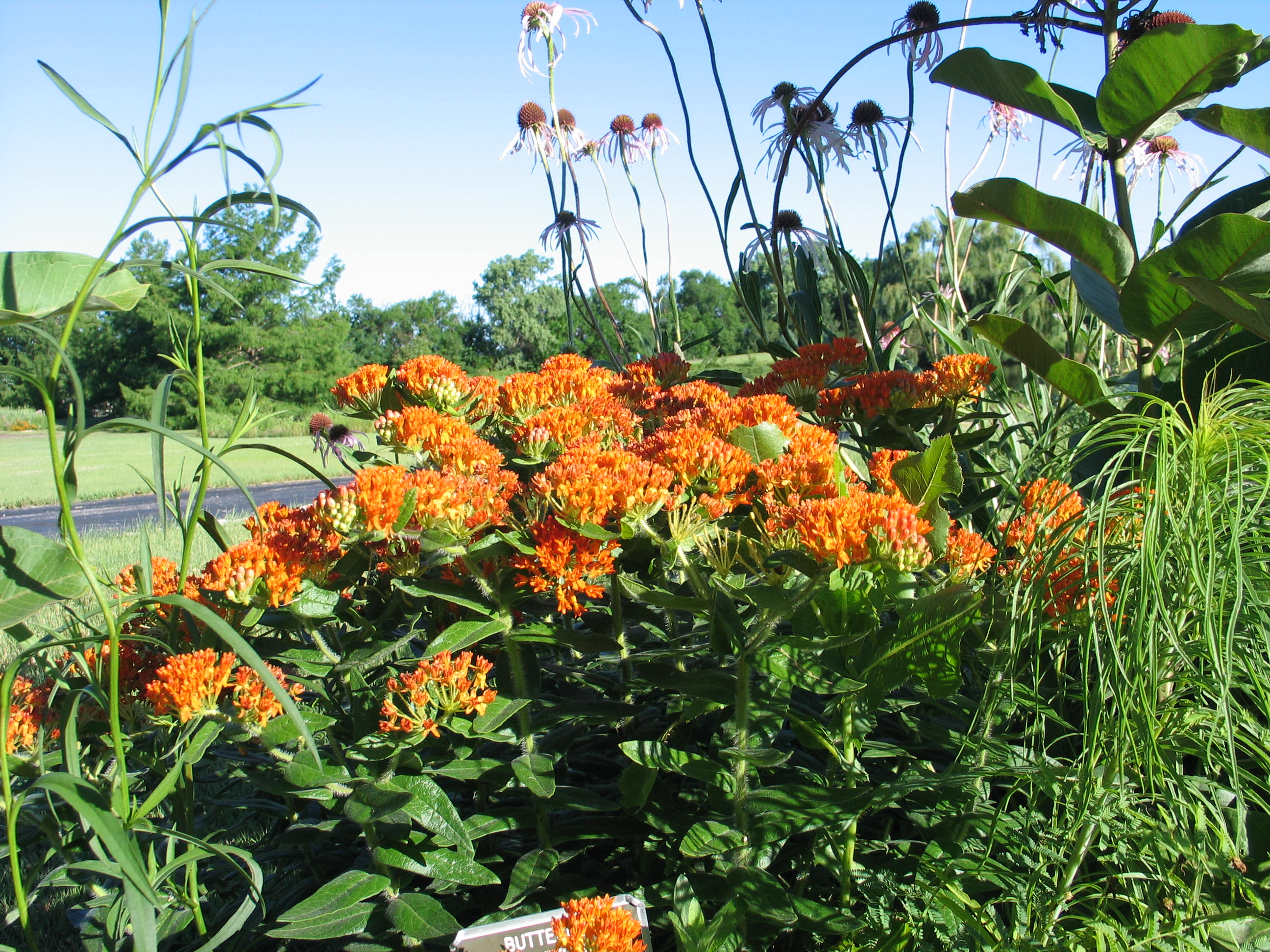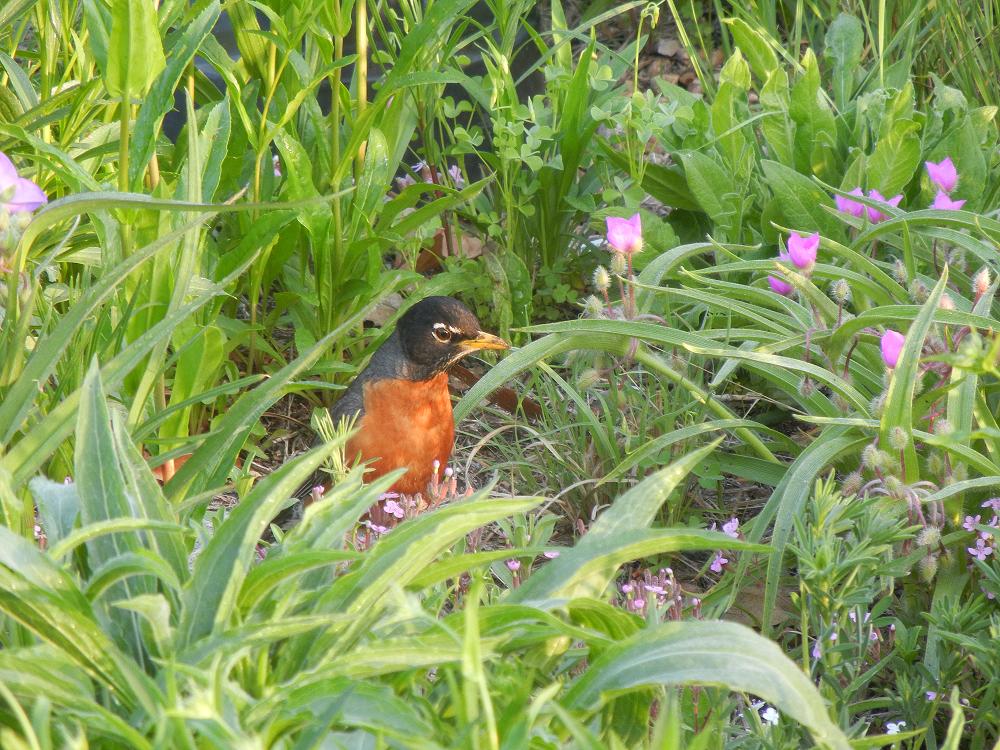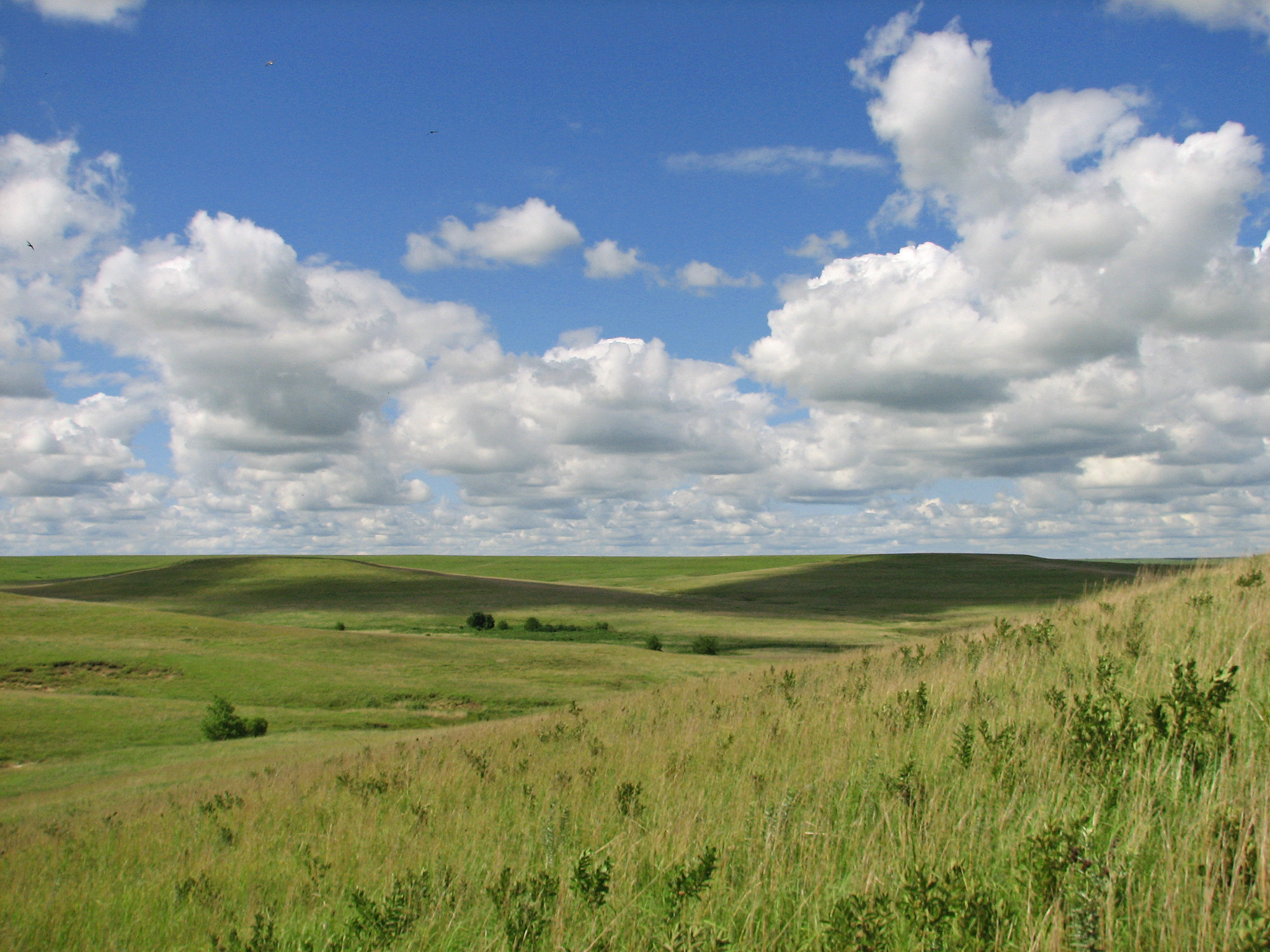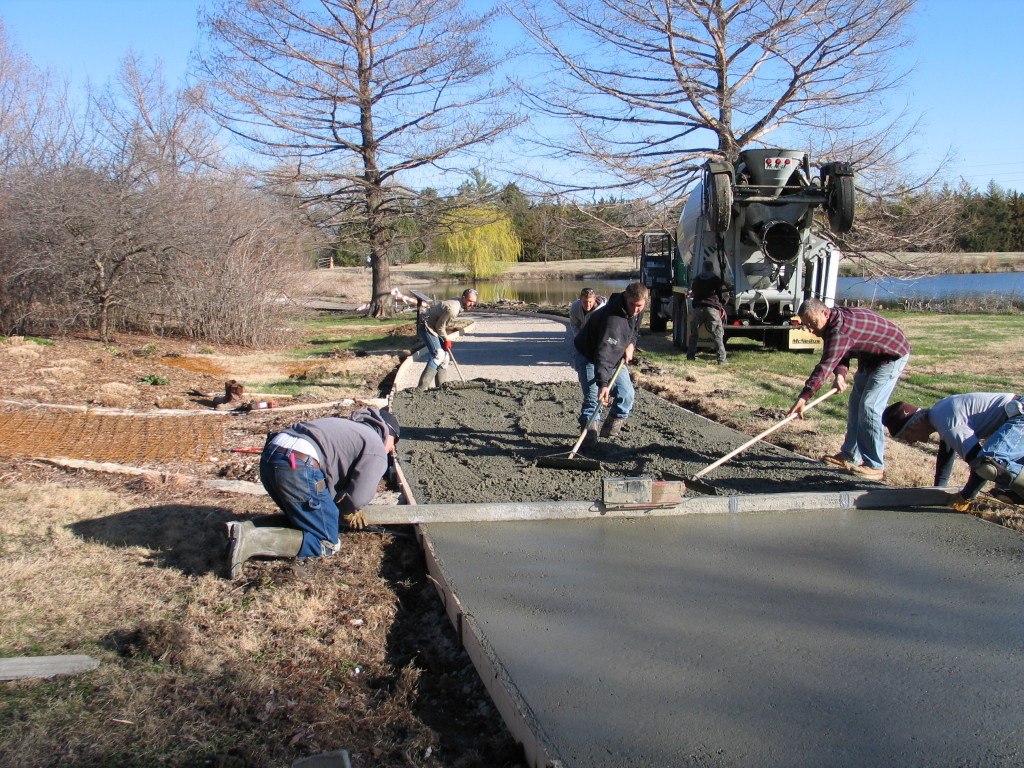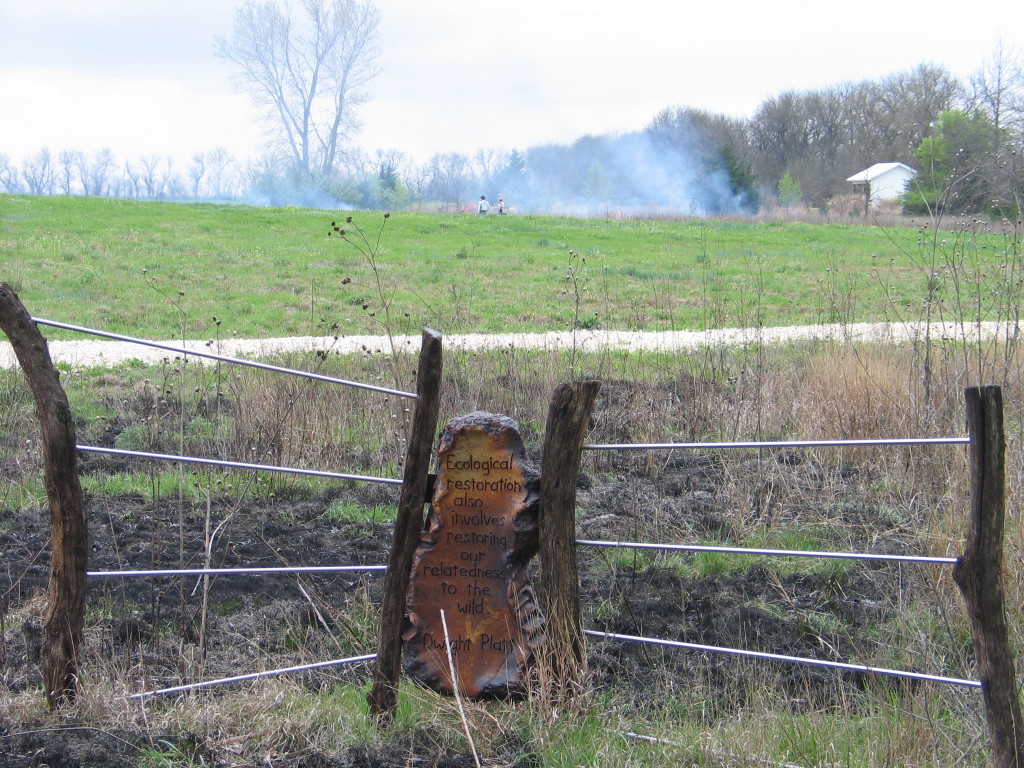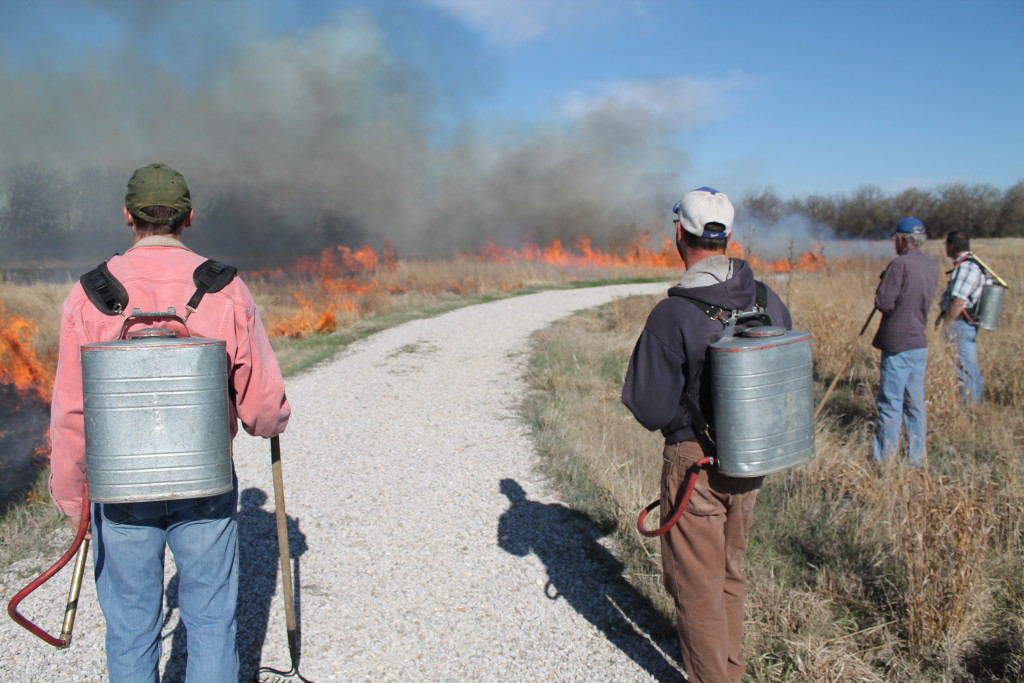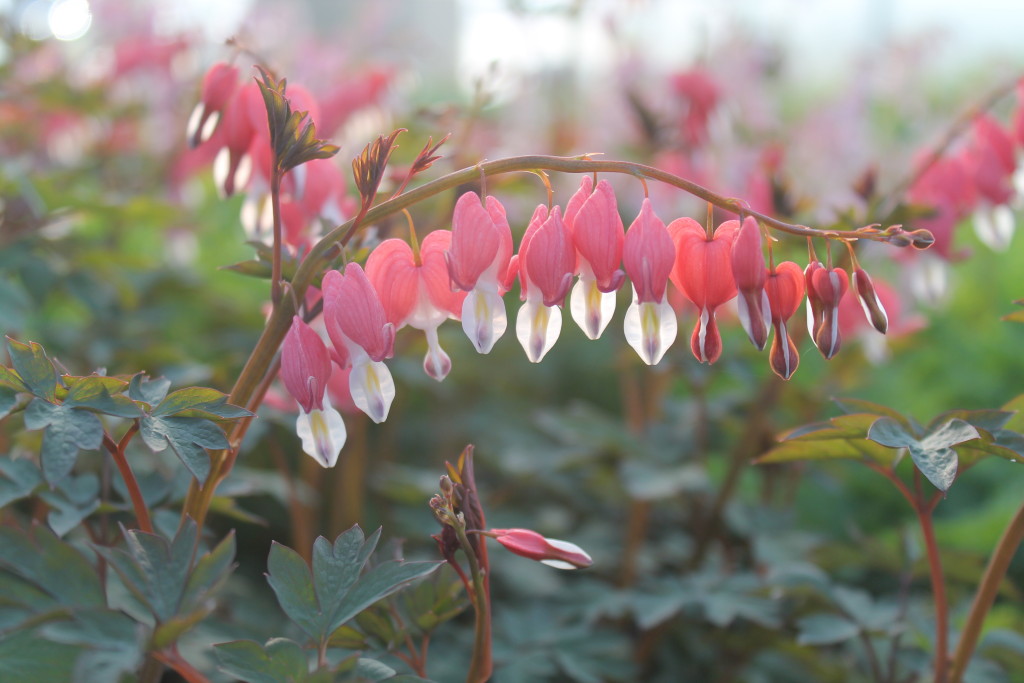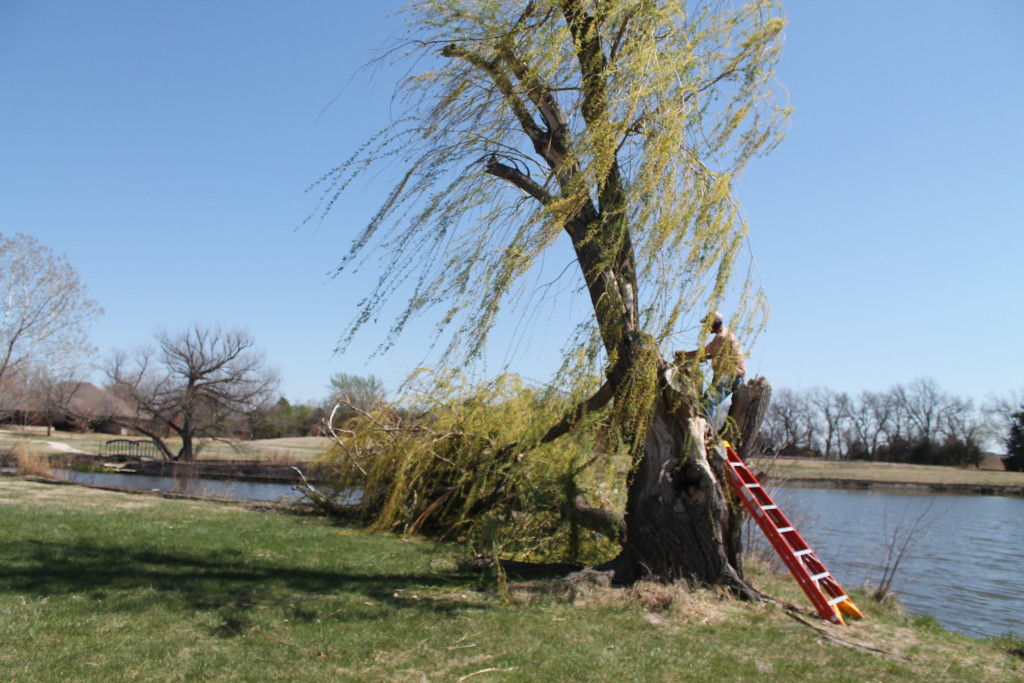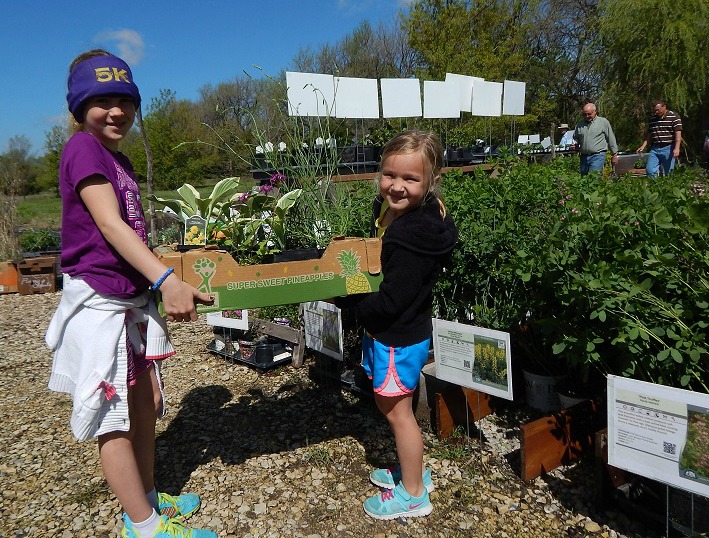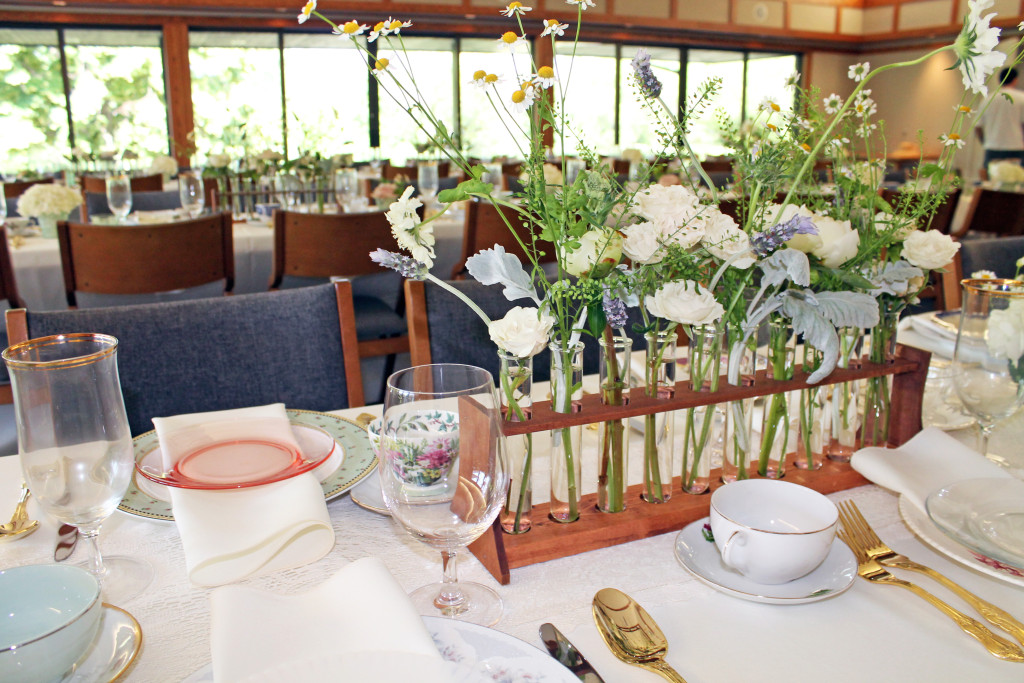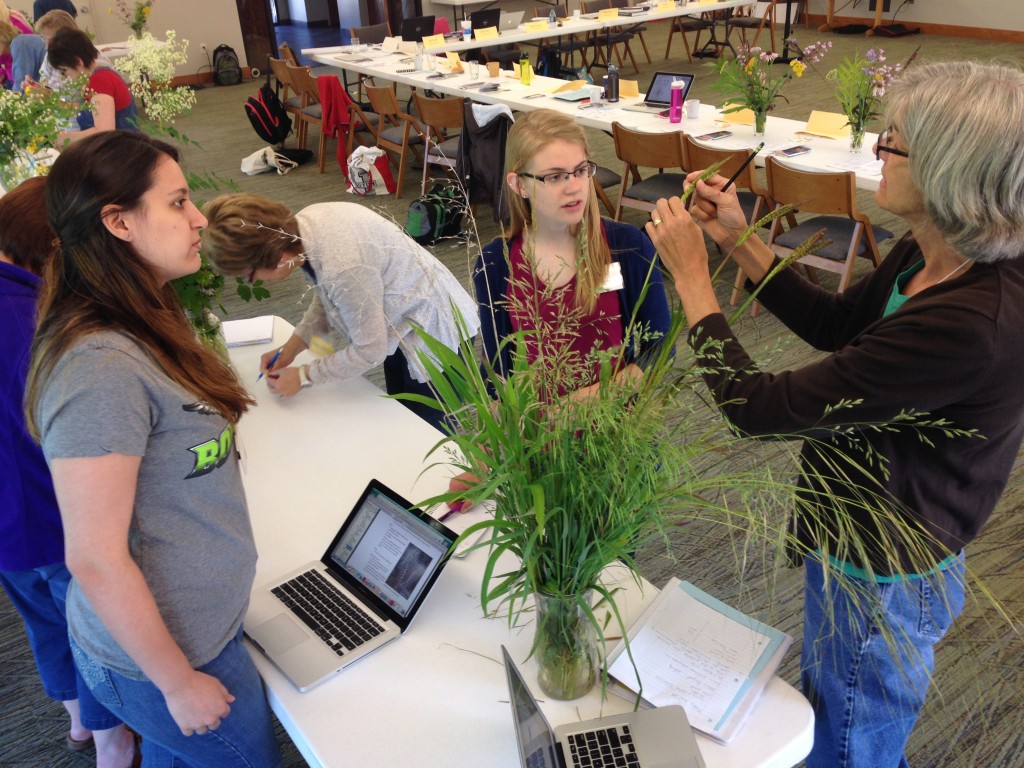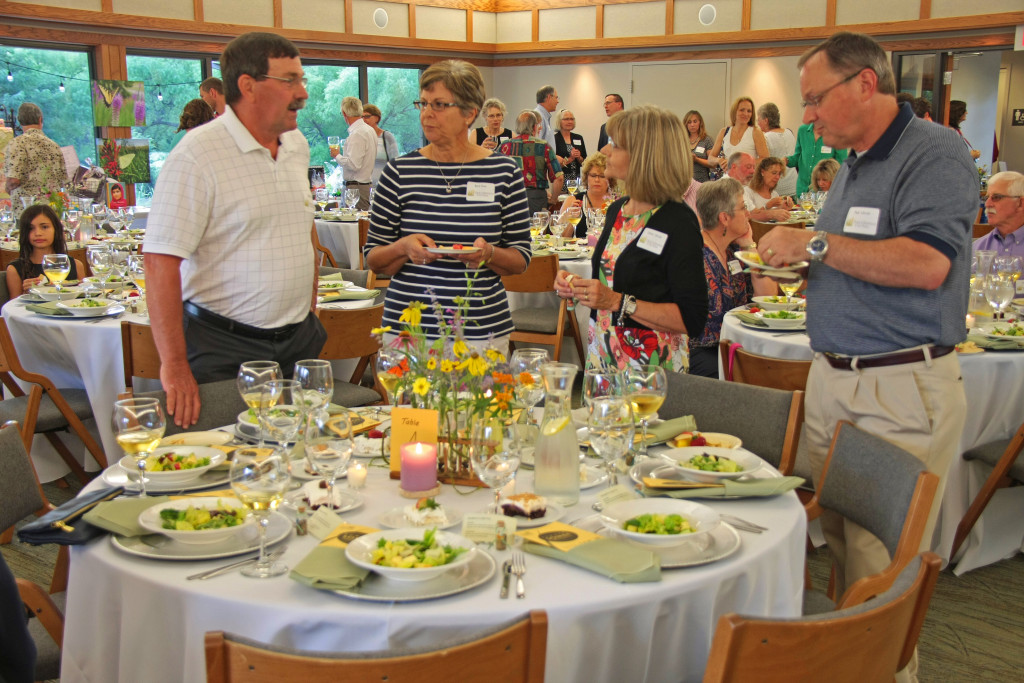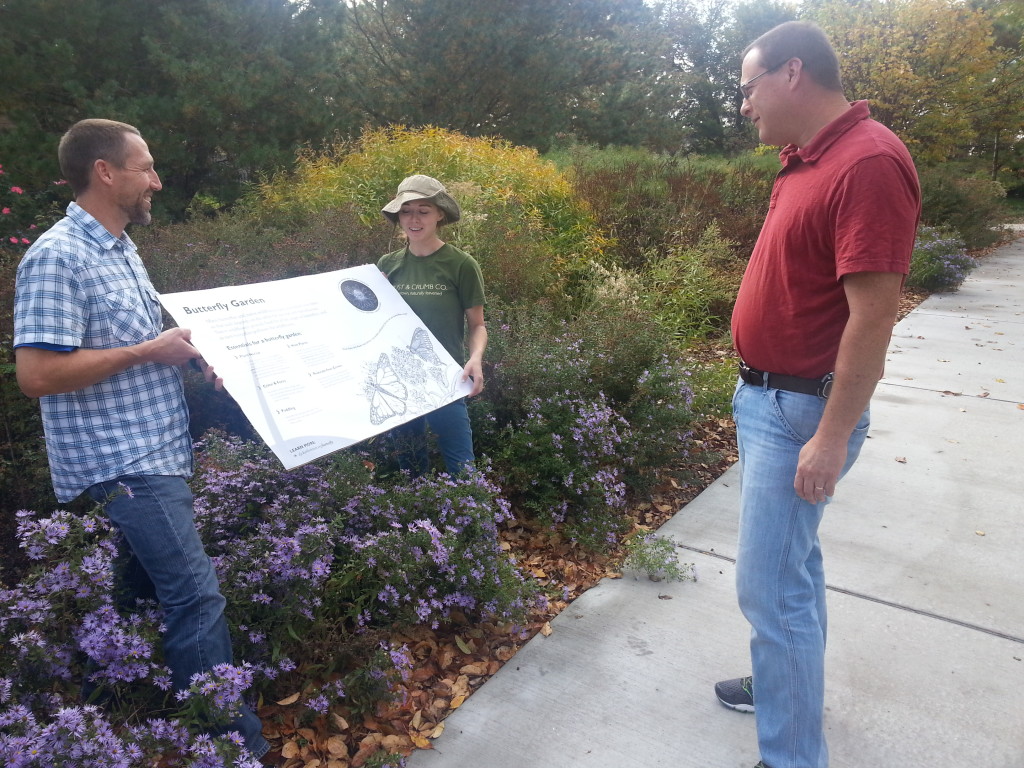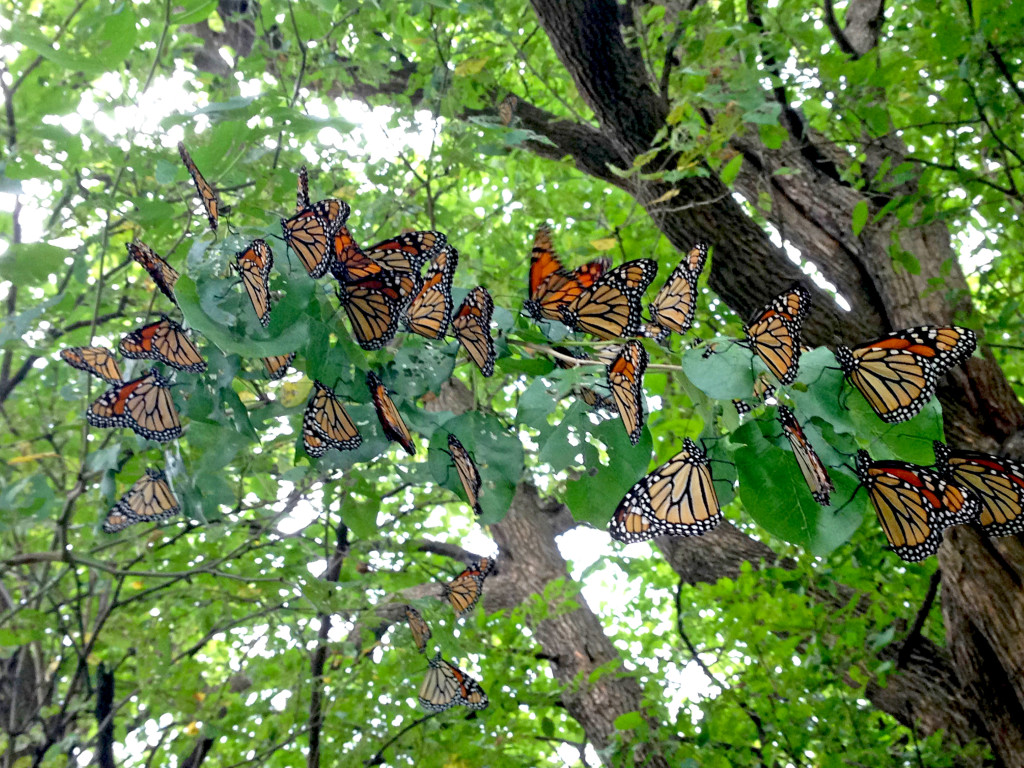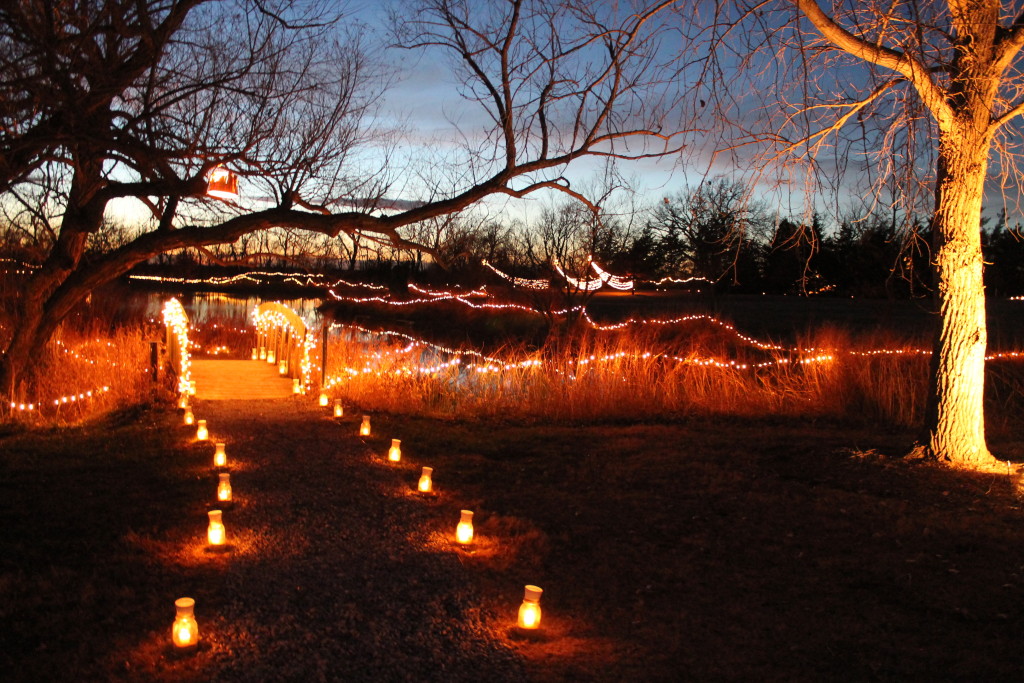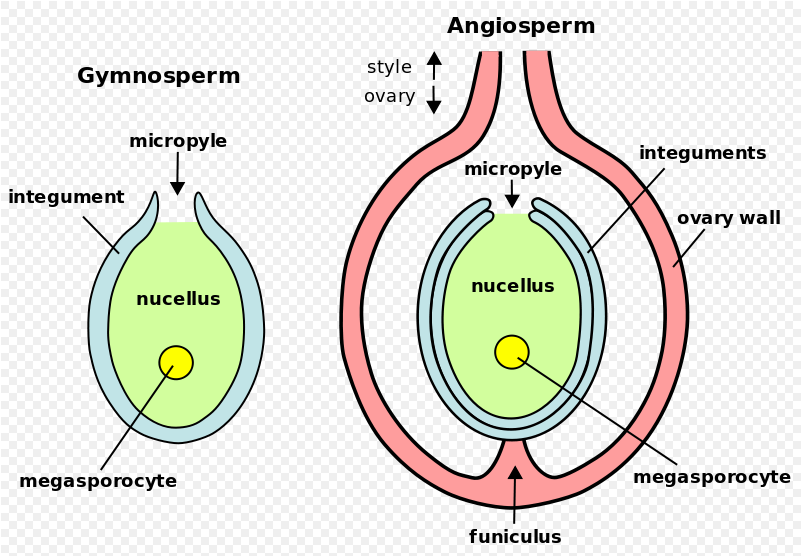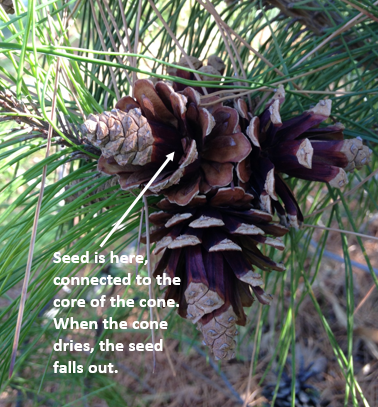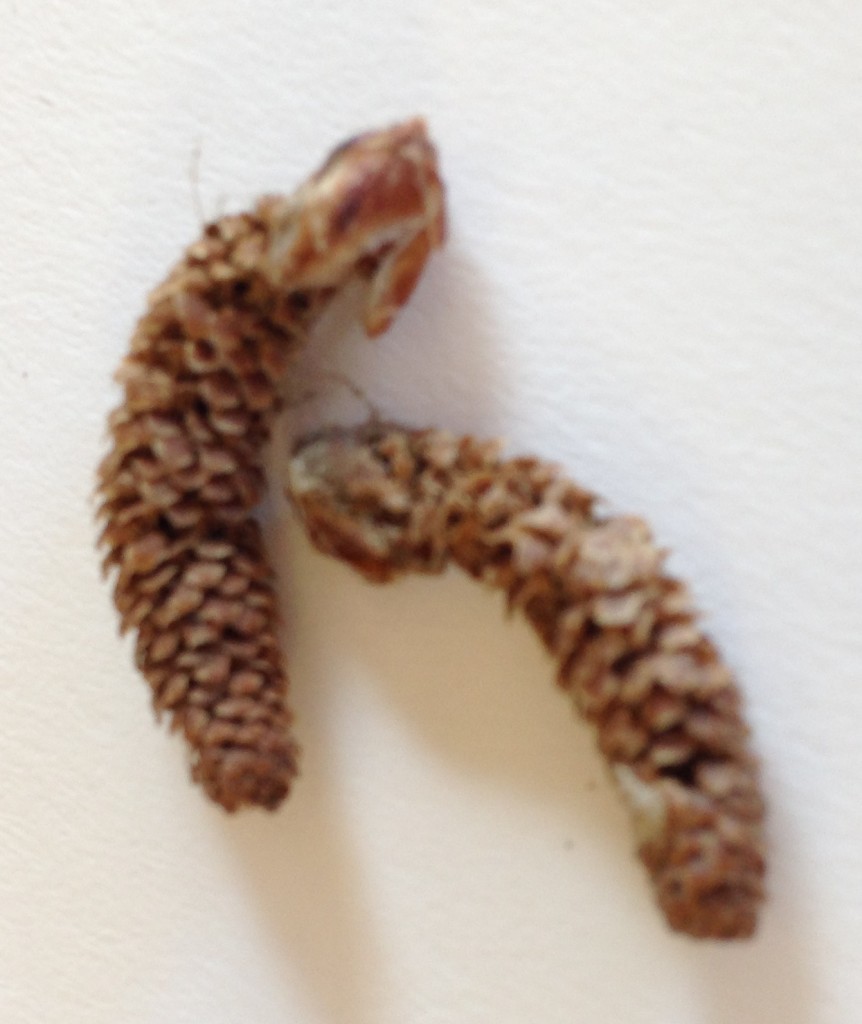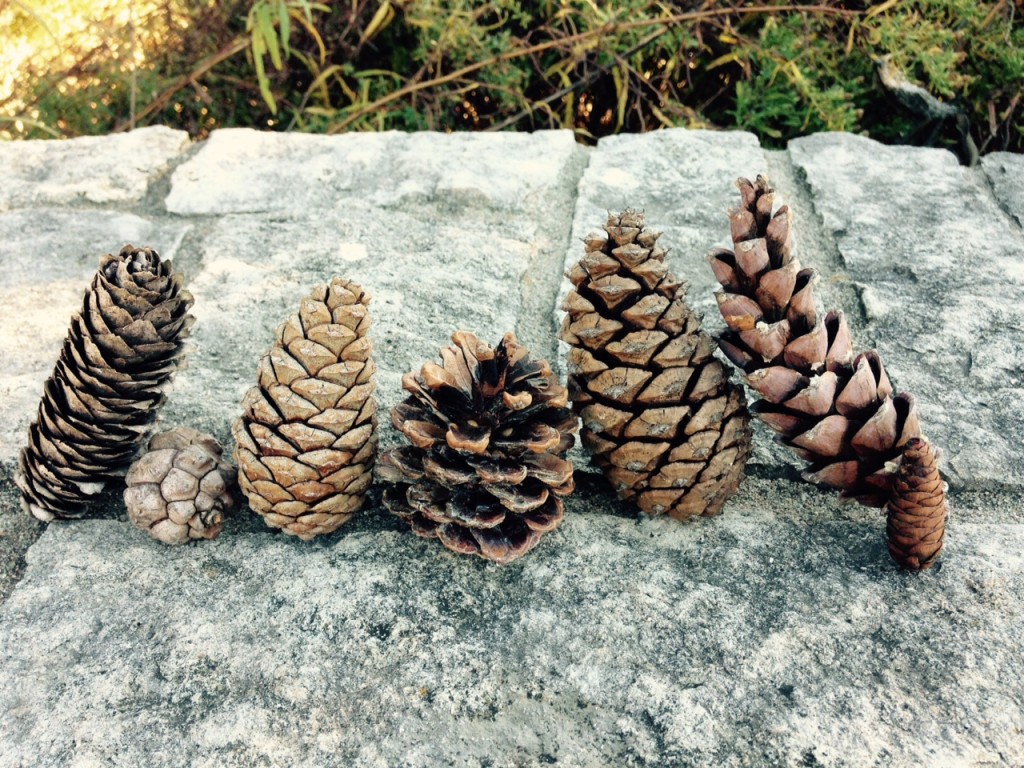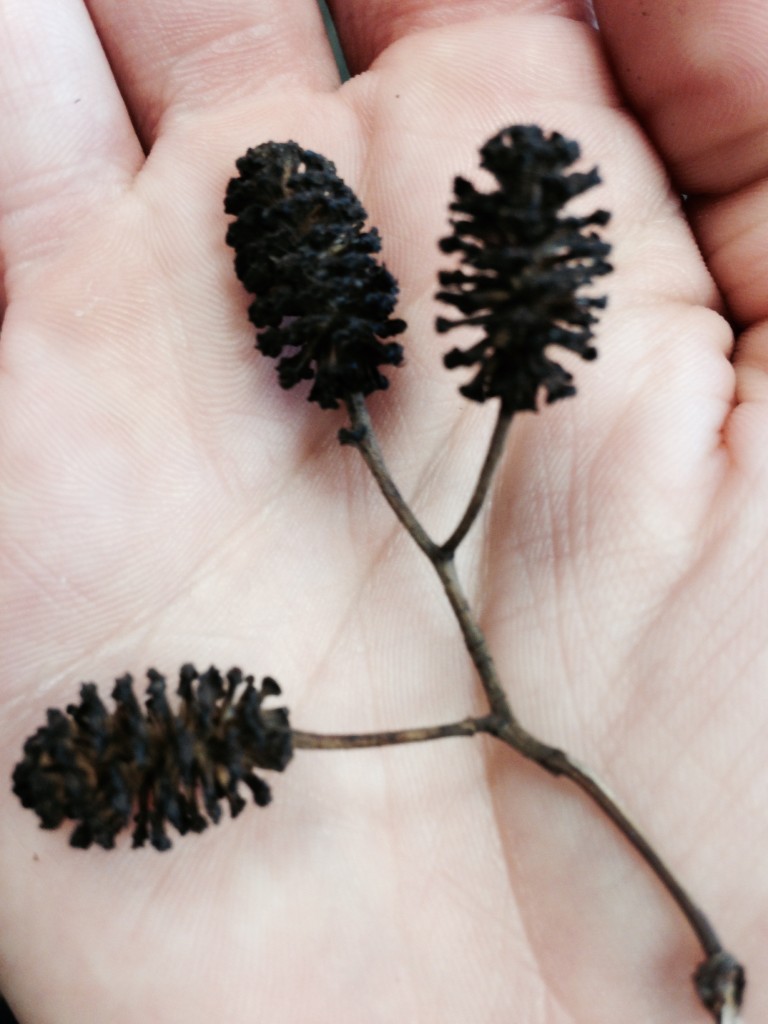In honor of the new year, you may be promising yourself to eat better, exercise more or take that dream vacation you deserve. But what about your garden? Here are 5 garden resolutions to make your yard the best it can be this year – for you and the environment!
Skip the Tilling
For gardeners, starting up the rotor tiller is part of the spring routine.
But it might not be helping the soil as much as you think!
Also, it can disturb earthworms and
soil bacteria that help to keep your soil aerated and healthy. Try planning out a garden that has specific foot traffic areas and beds that are easy to reach from all sides, minimizing soil compaction and the need for tilling. If you have the hardest-of-hard Kansas clay in your garden and simply must til, try working up only the rows/areas you are going to plant immediately, leaving the soil undisturbed elsewhere.
Save Water!
This year, make a resolution to lower your water bill and your environmental impact. The EPA estimates outdoor water use to be 30 percent of total household consumption. You can cut this figure by irrigating smarter and less often. If you have a sprinkler system, consider only watering in the morning hours to save water from the evaporative effects of afternoon wind and sun. You can conserve even more water by choosing a drought tolerant species of grass for your lawn – for example, a buffalo grass (Bouteloua sp.) lawn works well in Kansas and needs very little irrigation once established, even in the hottest summer months.
Collect Rainwater for Landscape Irrigation
Another way to lower your water consumption is to collect rainwater from your roof for outdoor use. Rain barrels or cisterns are simple to install and can collect run-off that would otherwise cause erosion and burden public drainage systems. There are many affordable, DIY rain collection systems that will lower your irrigation costs in the coming year. Make installation plans now so you can capture all the free water from those summer thunderstorms ahead.
Make Your Own Compost
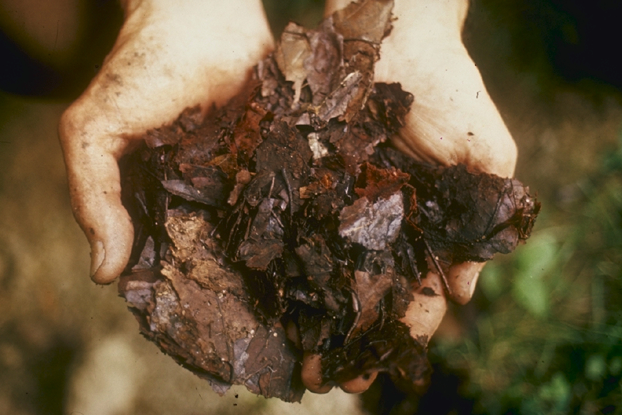
Compost is good for the earth and fun to play in. Image from https://commons.wikimedia.org/wiki/Compost#/media/File:Compost.jpg
If you haven’t been composting, make it happen this year! Compost is a great addition to hard clay soils, keeps soil organisms thriving and can serve as an alternative to chemical plant foods. The best part? It’s free! Save yourself the time of hauling away yard clippings and leaves, throw them in your compost pile instead. If you want to compost on a smaller scale, then try a compost tumbler. Some great resources regarding composting information and tumblers can be found here. You can purchase one, or make your own!
Plant Native Species
Perhaps best way to be earth conscious in the new year is to plant your garden with native species. Ultimately, native species can give you all the benefits of the practices mentioned above: break up the soil with their deep root systems, conserve water with drought adaptations, and help balance the natural microbial activity of the soil. Of course, the Flora Kansas Spring Plant Sale April 21- 25 here at the Dyck Arboretum is the perfect place to find all the native species you need for your garden this year.
While you are making big plans for the coming year, plan to green up your garden with some of these tips. Make it a priority this year to save time, money, and the planet!

![By Griffith and Turner Company.; Henry G. Gilbert Nursery and Seed Trade Catalog Collection. [CC BY 2.0 (http://creativecommons.org/licenses/by/2.0)], via Wikimedia Commons](https://dyckarboretum.org/wp-content/uploads/2015/12/Farm_and_garden_supplies_16374439730-729x1024.jpg)

